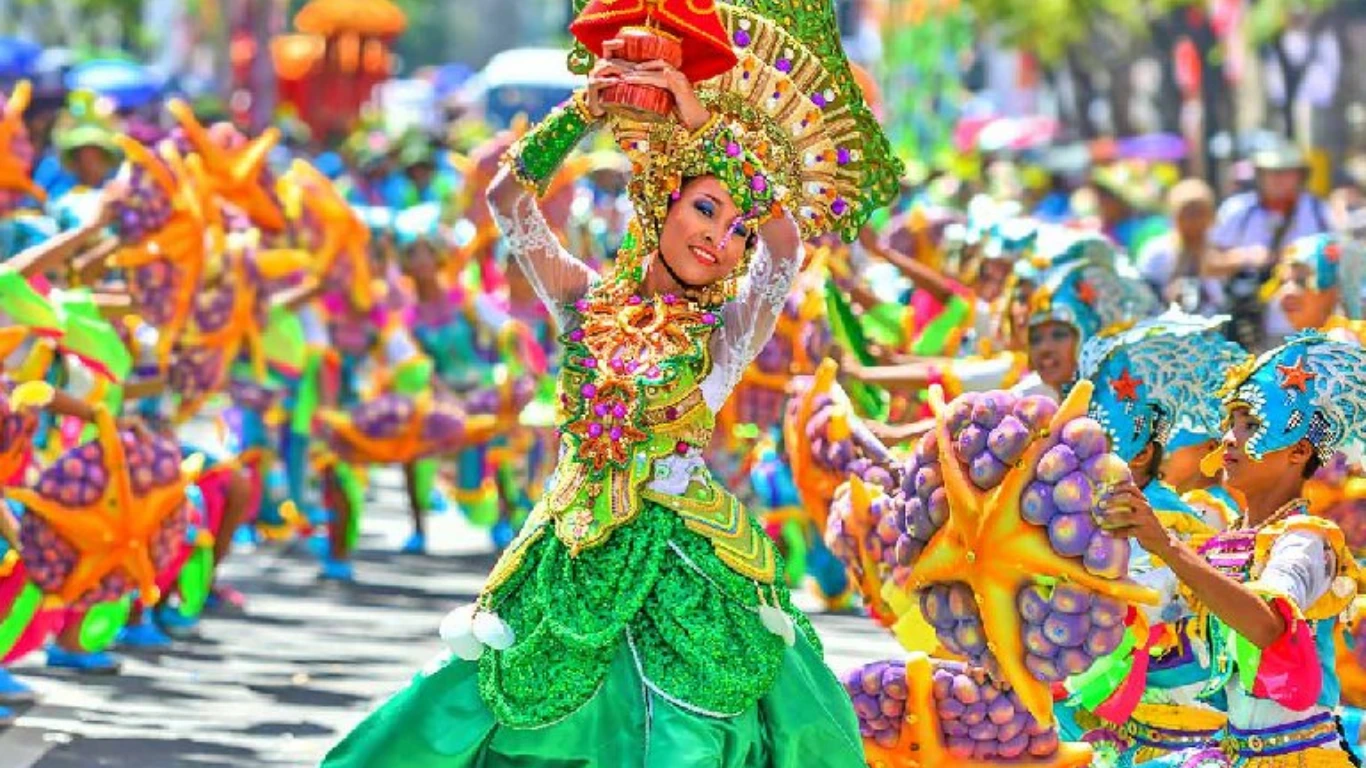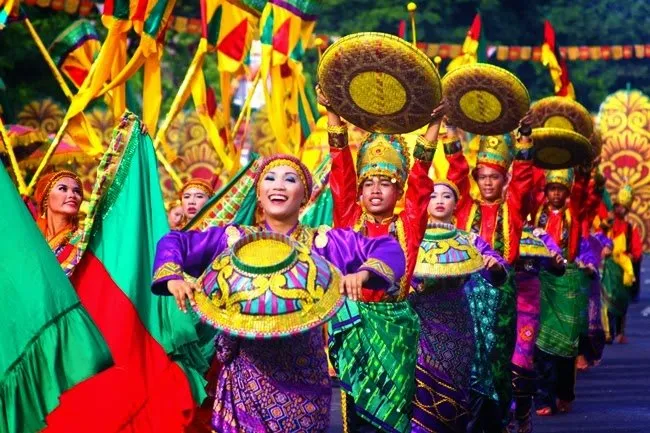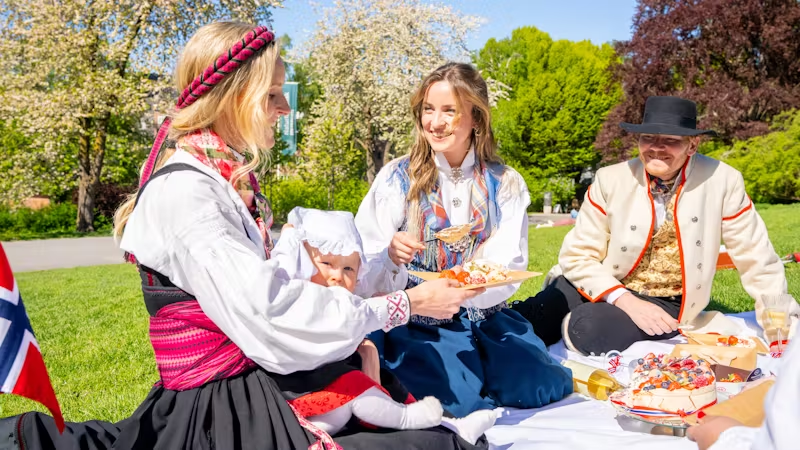The Top 10 Filipino cultural traditions are more than fair traditions — they are living expressions of the Philippines' wealthy history, dynamic differing qualities, and deep-rooted values. From merry celebrations to day by day hones established in regard and solidarity, Filipino conventions tie communities together, bridging eras and fortifying social identity.
These conventions are formed by centuries of colonization, devout impact, innate hones, and territorial differences. Whether you're a nearby, traveler, or somebody with Filipino legacy, understanding these conventions offers a important see into the heart and soul of the Filipino people.
Top 10 Filipino Cultural Traditions That Define the Nation
1. Bayanihan – The Soul of Communal Unity
Bayanihan, from the word bayan (community), is the famous Filipino convention of making a difference one another, particularly in country communities. Its most well known picture is villagers truly carrying a bahay kubo (nipa hovel) to offer assistance a neighbor move homes.
Today, bayanihan is a representation for participation and volunteering, seen in calamity reaction, neighborhood cleanups, or bunch raising money efforts.
Read Also: Traditional Norwegian Culture Key Words
2. Fiesta Celebrations
The Philippines has over 42,000 celebrations every year, each celebrating a benefactor holy person, collect, or chronicled occasion. Major celebrations like Sinulog (Cebu), Ati-Atihan (Aklan), and Pahiyas (Lucban) highlight colorful parades, road moves, nourishment feasts, and devout rituals.
Fiestas highlight Filipino bliss, confidence, and community soul — mixing innate and Spanish Catholic influences.
3. Harana – Conventional Filipino Courtship
Before social media and dating apps, Filipino men charmed ladies through harana, a conventional serenade. Went with by a guitar, the suitor would sing sincere melodies exterior the woman’s domestic at night, trusting for endorsement from her and her family.
While uncommon nowadays, harana reflects old-school Filipino sentiment, regard, and music appreciation.
4. Mano Po: A Respectful Motion for Elders
A unmistakable Filipino convention, mano po includes bowing somewhat and setting an elder’s hand on one's brow. It's a sign of profound regard and is frequently done when welcoming grandparents or more seasoned relatives.
Children are instructed this signal from a youthful age, fortifying the esteem of utang na loob (obligation of appreciation) and regard for seniors.
5. Pamamanhikan – Pre-Wedding Family Visit
Before tying the tie, a Filipino man customarily visits the woman’s family with his claim family to formally inquire for her hand in marriage — a custom called pamamanhikan.
This assembly includes presenting families, talking about wedding plans, and some of the time settling settlement courses of action. It symbolizes solidarity and regard between families.
6. Simbang Gabi – Christmas Day break Masses
The Philippines gloats the longest Christmas season, and Simbang Gabi is at its center. It’s a nine-day arrangement of early morning Masses (December 16–24), celebrated some time recently dawn to honor the Virgin Mary.
Devotees accept completing all nine Masses awards uncommon wishes. After each Mass, local people appreciate conventional Filipino Christmas treats like bibingka and puto bumbong.
7. Pagmamano and Po/Opo – Dialect of Respect
Filipinos express courteousness through dialect and signals. Saying “po” and “opo” when talking to seniors or specialist figures appears regard. This is matched with pagmamano, as specified earlier.
Even in casual settings, utilizing these words strengthens the solid esteem set on lowliness and affability in Filipino culture.
8. Pahalik and Kissing Devout Icons
In devout occasions, Filipinos hone pahalik — kissing or touching devout statues or relics as a sign of confidence. Millions of people wait to kiss sacred pictures on Great Friday, also known as Devour of the Dark Nazarene.
This hone reflects the Philippines’ profound Catholic roots and otherworldly fervor.
9. Pasalubong – Gift-Giving Tradition

Pasalubong implies “a blessing from one’s travels,” and it's standard for Filipinos to bring domestic treats or trinkets for family and companions after a trip. From nearby delights to handcrafted merchandise, pasalubong appears mindfulness and the significance of family bonds.
Even abroad Filipino specialists (OFWs) send balikbayan boxes filled with pasalubong items.
10. Luksang Pamilya – Grieving Rituals
When somebody kicks the bucket, Filipino families watch luksang pamilya, a grieving period that regularly endures 40 days. This incorporates daily supplications, lamay (wake), and pa-siyam (nine-day novena).
The ceremonies mix Catholic and innate convictions, advertising passionate bolster to the dispossessed and honoring the deceased’s soul.
Why These Conventions Matter Today
Each convention plays a significant part in protecting Filipino character, particularly in a quickly globalizing world. Whether practiced in provincial areas or present day cities, these traditions keep values of regard, family, confidence, and community alive.
In the diaspora, Filipino communities around the world too reproduce these conventions to remain associated with their roots.
Modern Adjustments of Filipino Traditions
Many Filipino conventions have advanced over time:
- Virtual pamamanhikan by means of Zoom amid the pandemic.
- Online Simbang Gabi services.
- Digital pasalubong through e-commerce platforms.
- Cultural celebrations overseas organized by Filipino expatriates.
These changes guarantee that legacy proceeds to flourish, indeed in advanced and advanced spaces.
Conclusion
The best 10 Filipino social conventions not as it were shape the personality of the Philippines but moreover serve as a bridge between the past and the future.These customs, which promote the values of tenacity, family, and neighborliness and include everything from bayanihan and celebrations to pamamanhikan and pasalubong.
Understanding and protecting these conventions guarantees that the dynamic Filipino soul proceeds to flourish in each domestic, town, and heart — in the Philippines and over the globe.
FAQs
Q1. What is the most popular Filipino tradition?
A: Celebration celebrations are among the most celebrated, with thousands held every year all through the country.
Q2. Why are Filipino conventions important?
A: They protect social character, educate values like regard and solidarity, and fortify family and community bonds.
Q3. Are Filipino conventions still practiced today?
A: Yes. Numerous conventions have adjusted to cutting edge ways of life but stay broadly practiced over districts and among abroad communities.
Q4. What is pasalubong in Filipino culture?
A: It’s a blessing given to cherished ones after a trip, symbolizing mindfulness and family connection.







